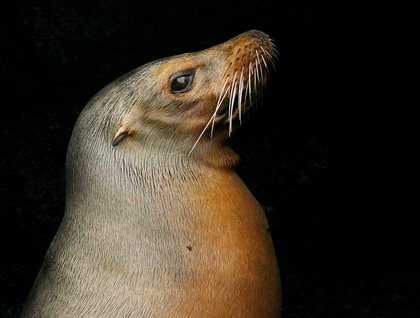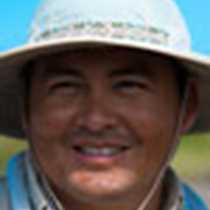The flora and fauna of the Galapagos Islands is more impressive every day. To be able to understand the establishment of the different creatures that today make up this mosaic of endemic species on different islands, it is necessary to understand the physical environment that the first colonizers found here 3.5 million years ago. Our first outing took place along the coastline of Chinese Hat Island, which is an island made of scoria that forms by explosive ejections of large amounts of solid rocks that are thrown high into the air that later by gravity fall and pile up few yards from the vent. Our eager explorers were fascinated by the bizarre landscape that this tiny island offers to its visitors. The varnished lava and the small pioneer plants found in the area made a great contrast for photography. From the Zodiac we sighted shore birds such as brown noddies, pelicans, and blue-footed boobies. Later in the morning the Ecuadorian tropical sunshine made our underwater natural quest as pleasant as been snorkeling in tropical water. We spotted sea turtles, parrotfish, white-tipped reef sharks, manta rays and sea lions. After snorkeling those of us that have some energy opted to land on a white organic sand beach where baby sea lions were playing in the shallow water of Chinese Island.
The afternoon expedition was as stunning as being on another planet. The huge ocean of lava that is over a hundred years old made a perfect place for our explorers to enjoy the first plants that were able to colonize this new lava field. However, a few species were also sighted while they were hidden in the lava. For instance marine iguanas, sally lightfoot crabs, and lava lizards were seen. The different texture of the surface of the lava molded by the different temperature changes of the molten lava during the solidification were bizarre and each of us laid down to get an ancient natural massage therapy with the surface of the pahoehoe lava. A short Zodiac ride along the coastline looking for penguins ended this magical day.







